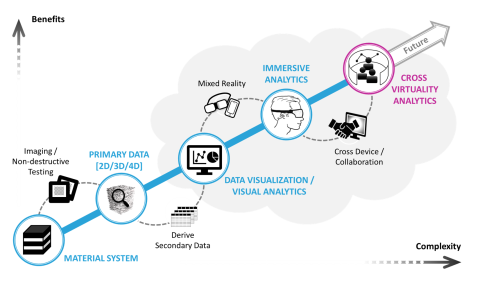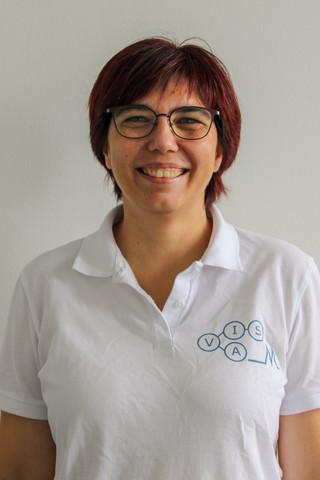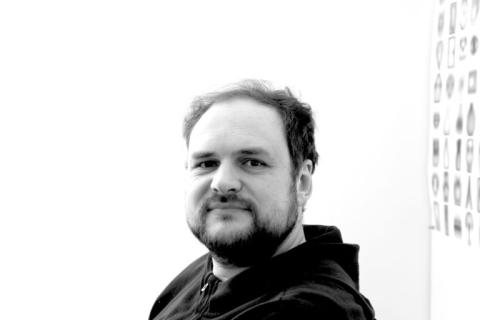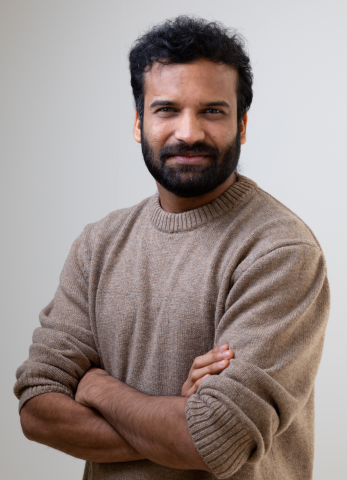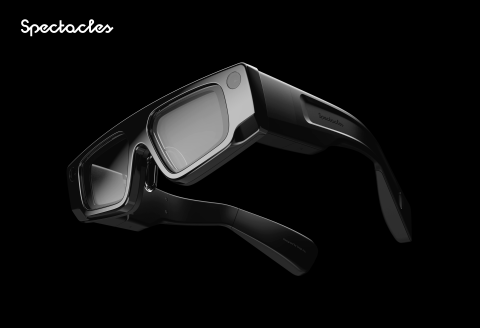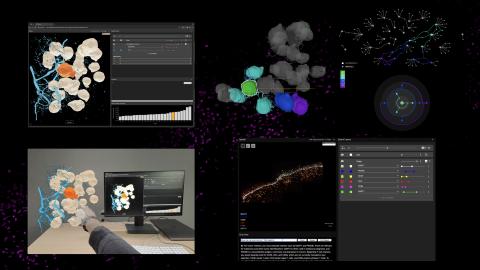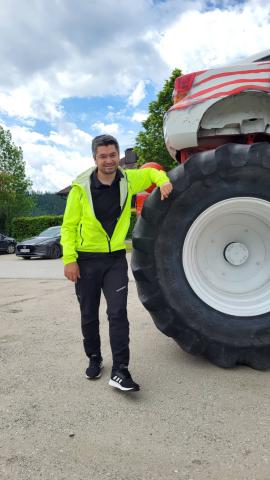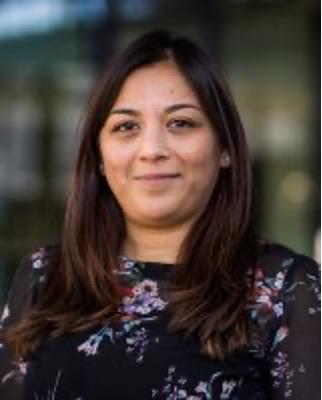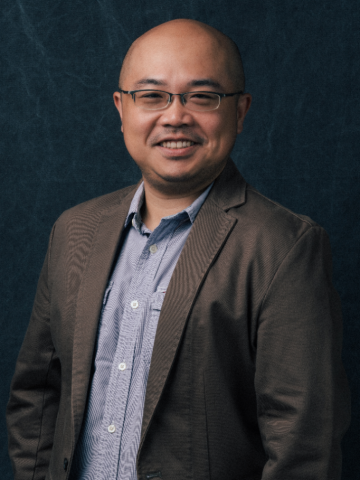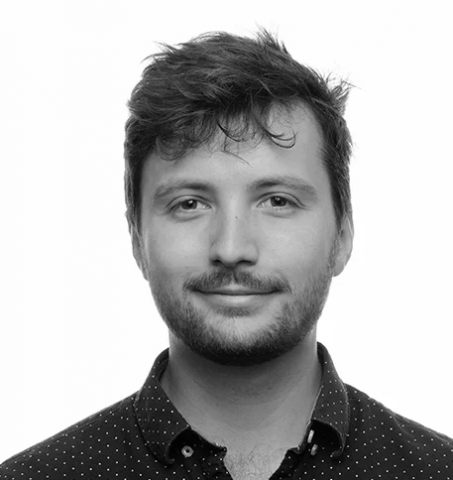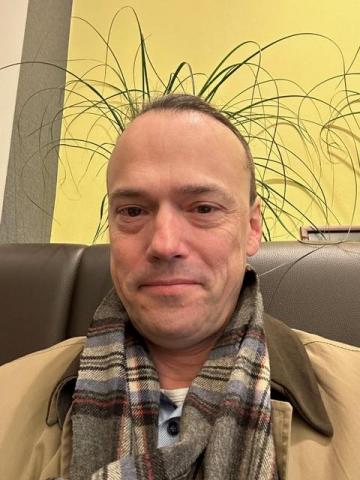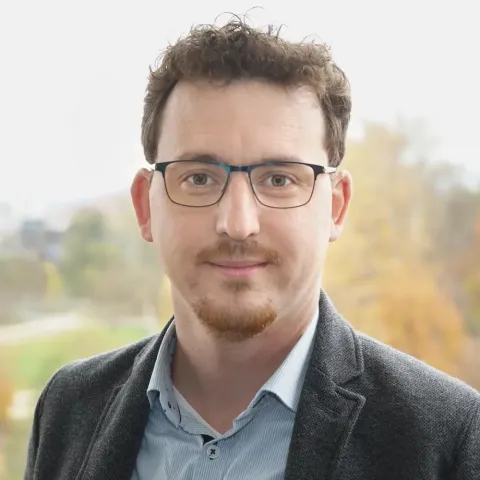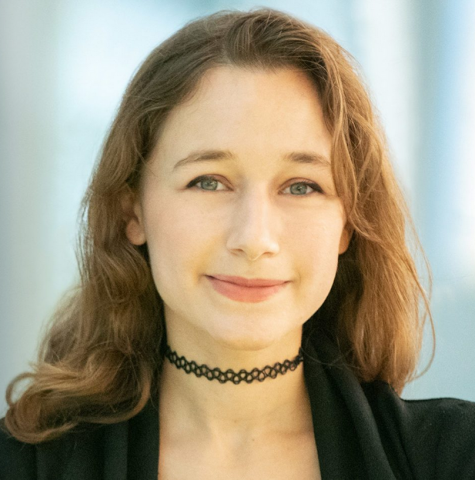Speaker: Min Lu (Shenzhen University, China)
Abstract
Visualization transforms abstract data into visual forms to enhance human understanding. Its design has long relied on heuristic principles to create effective representations. In this talk, I will present our research journey, which ranges from principle-guided visual designs to generative AI-assisted methods. I will demonstrate how we leverage intelligent systems for automated layout, vectorization, and stylization, and will conclude with a new framework for AI-driven visualization design.
Bio
Min Lu is an Associate Professor at Shenzhen University, China, where she leads the Spatial Creative Intelligence and Interaction (SCII) Research Group. Her research focuses on AI-driven stylized design generation and interaction. She has published papers at top-tier conferences including SIGGRAPH, CVPR, IEEE VIS, and ACM CHI, and holds two grants from the National Natural Science Foundation of China (NSFC). Her work has been recognized with awards such as Best Paper Honorable Mentions at IEEE PacificVis 2024 and CVM 2020. She also serves on the program committees for ACM SIGGRAPH Asia, IEEE PacificVis, and ChinaVis. More information is available at: https://deardeer.github.io/.
